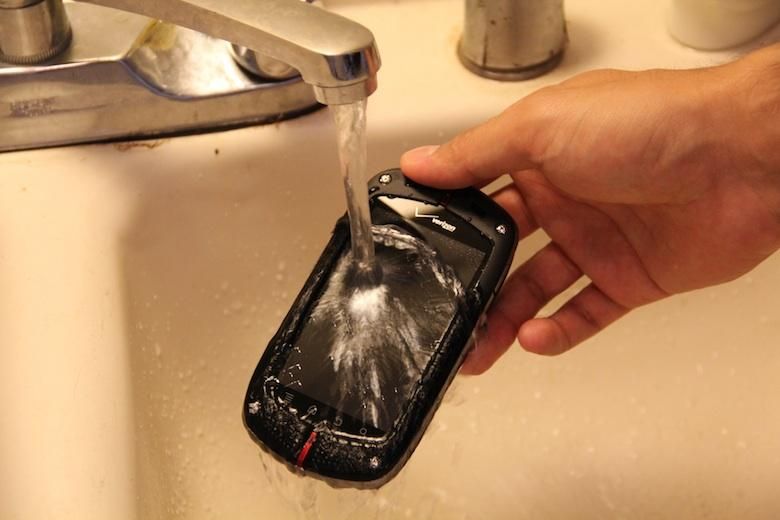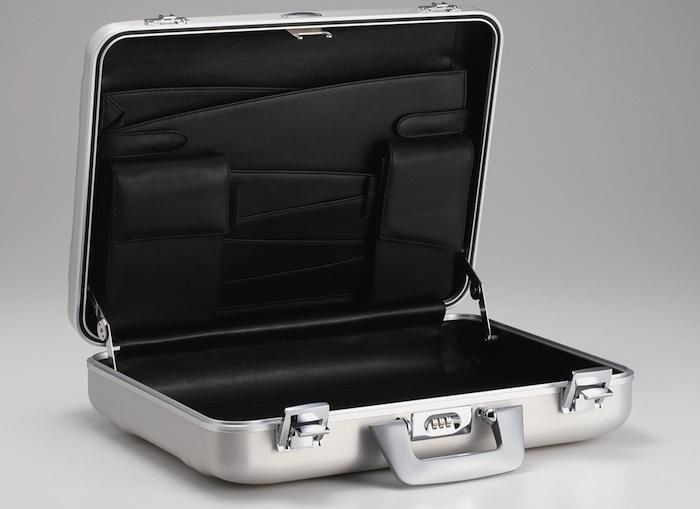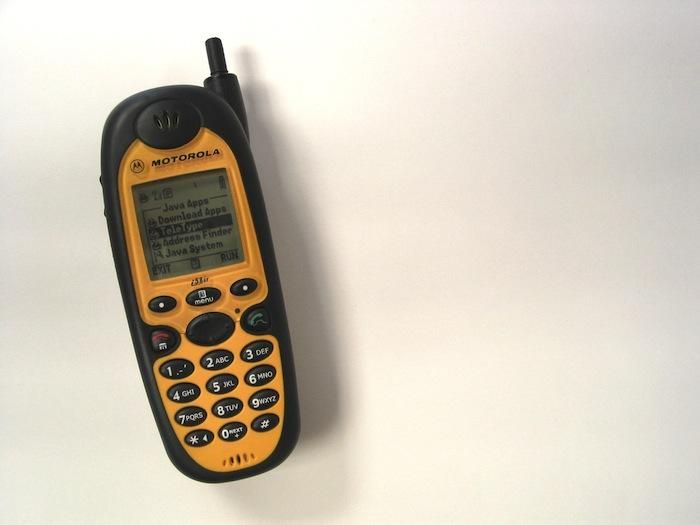"I'm at the beach and I can't use my phone. That sucks."
So reads the note I jotted down during last weekend's visit to a Boston-area beach. The weather was perfect, the crowds minimal, and the waters of the Atlantic Ocean, for once, not too cold. It was a perfect day on the sand. Or rather, it would have been, if I hadn't been so worried about babying my communication devices.
Yes, yes, I know: "leave your phones at home! The beach is a place to get away from all that! Unplug from the internet for two seconds," and blah, blah, et cetera. Normally, I'd agree; there's a time and a place for going off the grid, and a weekend at the beach is the ideal one. But this past weekend was special: I'd just received my Nexus 7, and I was in the midst of reviewing both the Motorola Atrix HD and the Droid Incredible 4G LTE. Under these circumstances, a gadget-less excursion was simply impossible. And I knew what I was getting into; I'd done this before. I used to live in Virginia Beach, for heaven's sake. I resolved to be extra careful with my bag of gadgets.
In retrospect, I should have gone with one of these.
The first problem arose when I took my Nexus 7 out of my bag, where I'd carefully wrapped it in a towel and put it inside another, water-resistant bag. Despite these precautions, I'd somehow managed, in the ten-minute walk from the parking lot to my beach spot, to scratch the screen. Sure, okay: that's what I get for not using a screen protector. Fine. But I didn't think I'd need one. The thing's screen was made of Gorilla Glass, wasn't it? Where was the legendary scratch resistance?
Annoyed, I used another towel to construct an even softer, safer retreat for the tablet, then tucked it out of the way while I applied some sunscreen. As anyone who's ever used sunscreen knows, this means my hands were soon covered with a slick, oily film that refused to go away. It also had the effect of picking up any stray sand I happened to come across. In short, the sunscreen rendered my fingers oily, sand-studded death-daggers to any electronics they dared to go near.
Mortal enemies.
The only solution, if I wanted to use my phone or tablet, was to wash my hands off in the ocean, replacing the oil-and-sand danger with the even-worse hazard of salt, which remains on the hands even after drying them. It's akin to hiring contractors to remove the lead paint from your house, then saying "hey while you're here, would you mind installing some fresh asbestos insulation?"
And I did want to get to my phone. Constantly. Not to call people, really; everyone knows how much I don't like that. But I was meeting a few friends at the beach, so texts were constantly coming in with their ETA, their "do you want any lemonade," and what-have-you. It would have been nice to use Google Latitude to help them navigate to my location. It also would have been handy to check in on Foursquare, to see if there were any user tips on what to order at the snack bar. Also, the beach I was visiting was one of the more picturesque locations I've come across in Massachusetts, and I wanted to take some pictures. I did end up doing so, but it was a harrowing experience, with the waves crashing all around, the sea air blowing sand and salt in every port on the phone's casing, and the number of available dry pockets in my wardrobe diminishing every minute.
MY LIFE IS SO HARD!
Okay, it wasn't all that dramatic. I was able to use my phone without scratching it too badly or dropping it in the Atlantic. But only because I was babying it, taking great pains to keep the $500 device out of danger. There were quite a few close calls. Truthfully, it was stressful. And it was annoying, because taking my phone to the beach didn't always used to be so perilous.
I mentioned this the last time I wrote about durable devices, and I've talked about it since: I used to sell phones for an American carrier called Nextel, almost all of which were built to be durable. Some were even built to the MIL-SPEC 810 standard for durability, which includes such fun bonuses as resistance to impacts, vibration, dust, temperature extremes, blowing rain, and salt fog, among others. Some devices were even immersible in water.
So I never had to worry too much about destroying my phones when I drove my Chrysler LeBaron down to Virginia Beach in those golden days of phone-salesmanship. The beefiest Nextel devices were perfectly capable of handling anything the coast could throw at them, from a few hours in a 120-degree beach bag to a wind-blown blast of sand and salt ocean spray.
“Yeah, it’s a black-and-white screen. Wanna fight about it?”
But that was also the era of dumbphones, when feature parity between durable and nondurable devices was commonplace. That's not the case today. And that's the problem.
Because there's a perfectly legitimate response to all I've written above. A common-sense voice that says "well, if you're an outdoor person, go buy a durable phone." And while I'd argue that not all people who go to the beach, or go out on a boat, or take the occasional hike, are "outdoor" people, I take the point. There are rugged phones built for this kind of stuff. Why don't I own one of them, instead of the high-end models I do carry?
I'll tell you why: because the durable models aren't good enough. Just as all super-specced, powerhouse phones today seem to possess a need to be massive, they're also often more fragile than their midrange counterparts. Look at the all-glass iPhone 4S or the featherweight Galaxy S III for the most obvious examples. There are exceptions, like Motorola's new RAZRs and Nokia's Lumia line, but there aren't many. The reality is that if you want a phone to handle some abuse, you're going to be sacrificing some specs to do so.
Indeed.
If you don't believe me, try checking out the carrier options for durable smartphones in America. Yes, just the smartphones; dumbphones are as irrelevant to this discussion as they're becoming to the market as a whole. A quick glance at Verizon Wireless' website shows me that my options, for a "ruggedized" smartphone, are limited to one: the G'zOne Commando. It earns a MIL-SPEC 810G rating, including immersion resistance, which is awesome. It also runs Android 2.3 Gingerbread on an 800MHz processor, displayed on a 3.6' WVGA touchscreen. That's not awesome. And that's, once again, my only option.
Over at AT&T, it's more of the same: the Rugby Smart from Samsung is a duller, less-rugged solution to the same problem. It also runs Gingerbread on a WVGA display, bundled up in a casing that's "built tough." T-Mobile offers something similar from Motorola called the Defy, which is just as uninteresting.
And at Sprint, owner of Nextel, keeper of the durable-phone crown for so many years, the picture is just as bleak. You can select from a handful of ancient BlackBerry devices running prehistoric software on a dying network, or you can snap up a Motorola Admiral. Its 1.2GHz processor is from this century, but it too runs Gingerbread, and on an even smaller 3.1' display.
Finally, on the unlocked front, the situation is no more rosy: whether you go for a Samsung Galaxy XCover, a FortisX, or a Sony XPERIA Active, you're still getting variations on the same tired old theme.
Have I mentioned how many of these devices offer 4G support? Do I even need to?
Whoa, WHOA! Settle down there, Speedy. You almost hit 144kbps back there!
The durable device has become a marginalized sub-class of smartphones. And the landscape is suffering for it. Personally, it annoys me because for years I've wanted to buy my photo-happy mother a smartphone with an excellent camera and a simple, usable OS. But she works an outdoor job under pretty technology-hostile conditions, so she also needs her phone to be durable. There's just not a device out there for her with that combination. And, at the risk of repeating myself: that sucks.
I'm not saying every phone needs to be ruggedized; that would senselessly increase the cost, weight, and bulk of all devices everywhere. What I'm saying is that those who need durable smartphones should have better options than mid-range devices running obsolete operating systems on outdated hardware. Because going to the beach on occasion shouldn't pigeonhole me as an "outdoor person," who'll take what specs he can get because he doesn't know any better. And because my mom deserves a rain-resistant smartphone running something more current than Gingerbread.
Come on, OEMs. Build us some durable high-end smartphones. For my mom's sake.
Title image via Nerdist







